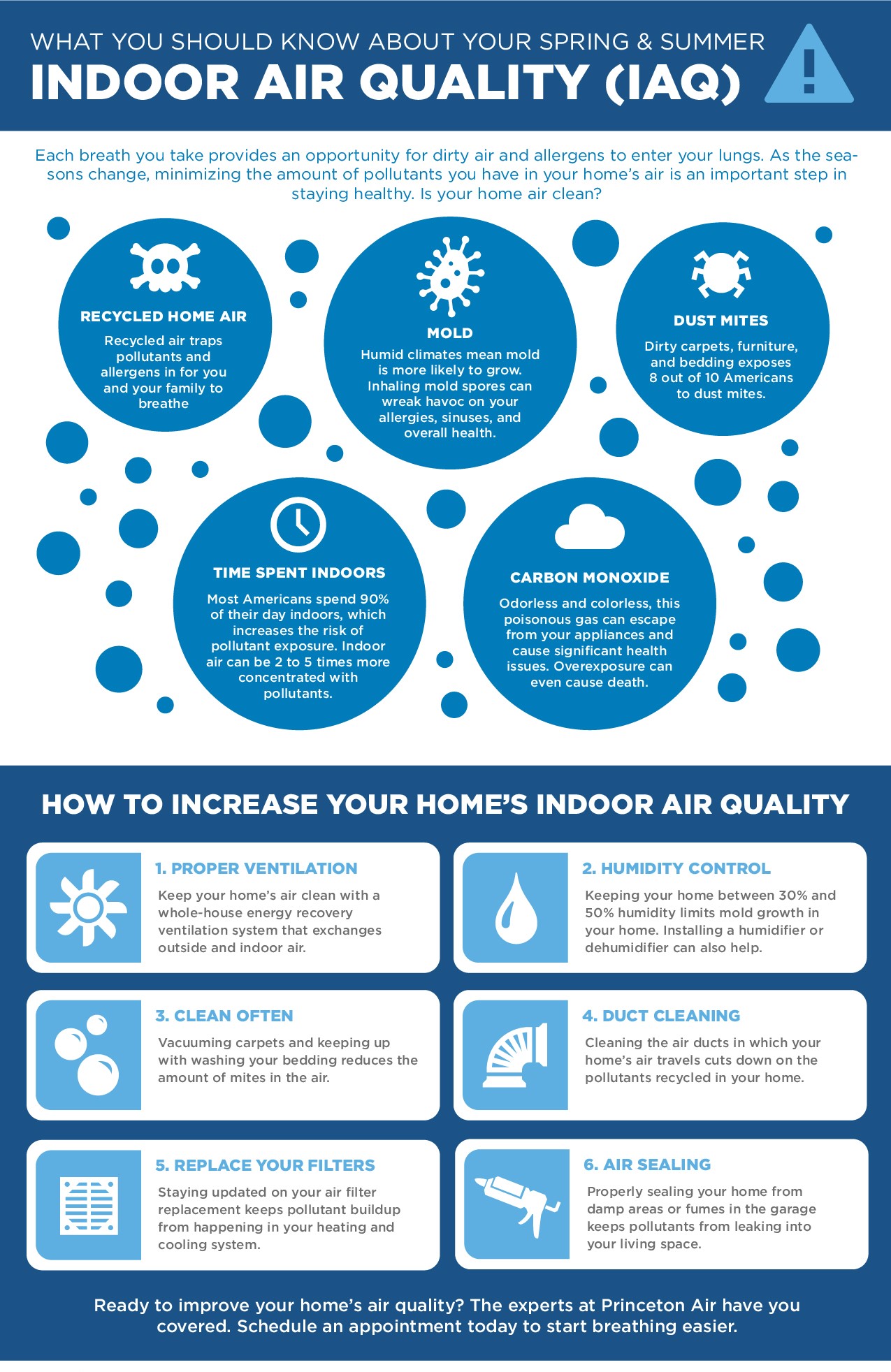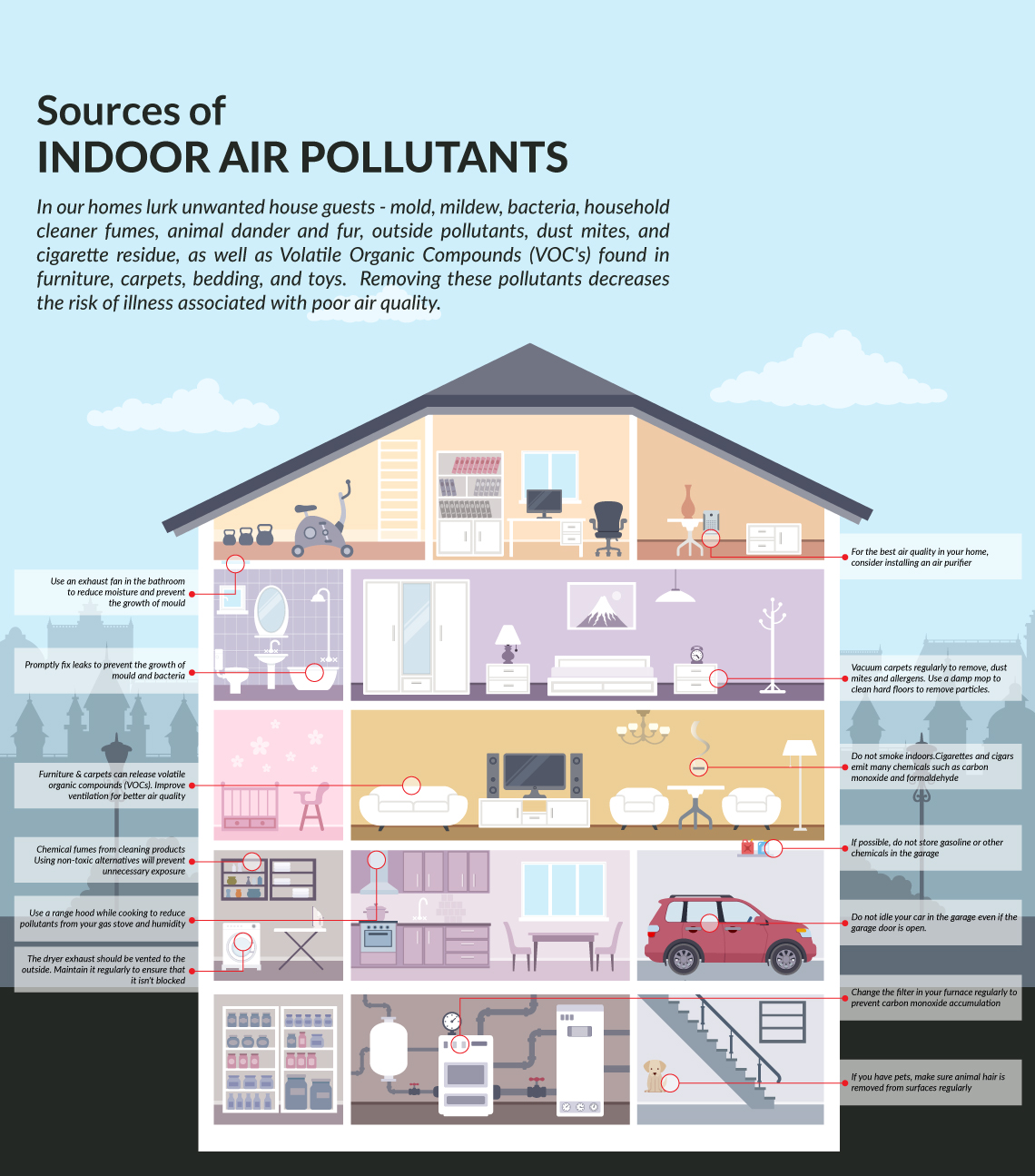New furniture can impact the air quality in your home. This impact often goes unnoticed.
So, how can you improve air quality with new furniture? New furniture often releases chemicals and pollutants. These can harm your indoor air quality. VOCs (volatile organic compounds) and formaldehyde are common culprits. They come from glues, paints, and finishes used in furniture.
Poor air quality can cause health issues like headaches and allergies. But don’t worry, there are ways to keep your air clean. Simple steps can help you breathe easier. Read on to find out how you can improve air quality in your home. Learn tips and tricks to keep your indoor air fresh and healthy. Your home can be a safe, clean space for everyone.
Identify Pollutants
Identifying pollutants in your home is crucial to improving air quality. New furniture can introduce various contaminants that affect your health. Learning about these pollutants helps you take steps to reduce their presence.
Common Indoor Pollutants
Indoor air can contain many pollutants. Below are some of the most common:
- Volatile Organic Compounds (VOCs): Chemicals released from furniture, paint, and cleaners.
- Formaldehyde: A common VOC found in pressed wood products.
- Dust: Can carry allergens and irritants.
- Mold: Grows in damp areas, releasing spores into the air.
- Pet Dander: Tiny particles from pets that can trigger allergies.
Sources From New Furniture
New furniture often releases pollutants into the air. Here are some sources:
- Pressed Wood Products: Often contain formaldehyde, which can off-gas for years.
- Foam Cushions: May release VOCs and other chemicals.
- Paint and Finishes: Can emit VOCs and other harmful substances.
- Adhesives and Glues: Used in furniture construction, often emit VOCs.
- Textiles and Fabrics: May be treated with chemicals that release pollutants.
Understanding these sources helps you choose safer furniture. Look for pieces with low or no VOC emissions. Ventilate your home well when introducing new items. Use air purifiers to capture particles and chemicals.

Credit: www.instagram.com
Choose Low-emission Furniture
Choosing low-emission furniture is a smart way to improve air quality in your home. Many new furniture pieces release harmful chemicals into the air. These chemicals, known as volatile organic compounds (VOCs), can cause health issues. Selecting low-emission furniture helps reduce these risks and keeps the air in your home cleaner and safer.
Understanding Emission Labels
When shopping for low-emission furniture, look for specific labels. These labels indicate the levels of VOCs and other chemicals released by the furniture. Some common labels to look for include:
- GreenGuard: This label ensures the furniture meets strict chemical emission limits.
- FSC Certified: This label indicates that the wood used is from responsibly managed forests.
- Green Seal: Products with this label meet high environmental standards, including low emissions.
Reading and understanding these labels helps you make an informed decision. Always choose furniture with clear, reputable certifications.
Recommended Materials
Certain materials have lower emissions and are better for indoor air quality. Consider furniture made from:
| Material | Benefits |
|---|---|
| Solid Wood | Contains fewer chemicals and is durable. |
| Bamboo | Grows quickly and is highly sustainable. |
| Recycled Metal | Reduces waste and has low emissions. |
| Natural Fabrics | Such as cotton, wool, and linen; they emit fewer chemicals. |
Avoid furniture made with pressed wood or particleboard. These materials often contain formaldehyde, a harmful VOC. Opt for solid wood or other natural materials to keep your home’s air clean.
Ventilation Strategies
When you bring new furniture into your home, it can sometimes release chemicals that affect air quality. Proper ventilation strategies can help reduce these pollutants. These strategies ensure your indoor environment remains healthy and breathable. Below, we will discuss two key types of ventilation: Natural Ventilation and Mechanical Ventilation.
Natural Ventilation
Natural ventilation uses outdoor air to improve indoor air quality. This method is simple and cost-effective. Open windows and doors to allow fresh air to circulate. Create a cross-breeze by opening windows on opposite sides of the room. This helps remove stale air and brings in fresh air. Use window fans to enhance airflow. Place one fan facing inwards and another facing outwards. This setup creates a steady stream of fresh air. Remember, natural ventilation works best in good weather conditions.
Mechanical Ventilation
Mechanical ventilation involves using devices to control airflow. These devices help maintain good air quality even with closed windows. Exhaust fans are common in kitchens and bathrooms. They remove unwanted moisture and pollutants. Install a whole-house ventilation system for continuous fresh air. These systems can be integrated with your heating and cooling units. Air purifiers also play a role in mechanical ventilation. They filter out dust, pollen, and other particles. Choose a purifier suitable for the size of your room. Regularly maintain these devices for optimal performance.
Use Air Purifiers
New furniture can enhance the look of your home. But it often comes with chemicals and allergens. These can lower indoor air quality. An effective way to combat this is by using air purifiers. Air purifiers can filter out harmful particles. They create a healthier living environment.
Types Of Air Purifiers
There are different types of air purifiers. HEPA filters are very popular. They can trap small particles. These include dust, pollen, and pet dander. Activated carbon filters are another type. They remove odors and gases. UV-C air purifiers use ultraviolet light. They kill bacteria and viruses. Choose the right type for your needs.
Placement And Maintenance
Where you place your air purifier matters. Put it in the room where you spend the most time. This could be the living room or bedroom. Make sure it has space around it. This helps it work better. Maintenance is also important. Change the filters regularly. Follow the manufacturer’s instructions. Clean the unit as recommended. Proper care ensures it works well.
Maintain Cleanliness
Maintaining cleanliness is crucial for improving indoor air quality. New furniture can release chemicals and dust particles. Regular cleaning helps reduce these pollutants. Keeping your home clean can significantly enhance air quality.
Regular Cleaning Tips
Dust your furniture weekly. Use a damp cloth to capture dust. Vacuum carpets and rugs often. Clean hard floors with a mop. Wash curtains and other fabrics regularly. Change your bedding weekly. These steps reduce dust and allergens.
Safe Cleaning Products
Choose cleaning products with natural ingredients. Avoid harsh chemicals. Look for products labeled as non-toxic. Vinegar and baking soda are great alternatives. Use essential oils for a pleasant scent. Read labels carefully. Ensure ventilation while cleaning. Open windows to let in fresh air.

Credit: www.princetonair.com
Incorporate Plants
Adding plants to your home can greatly improve indoor air quality. Plants act as natural air purifiers, absorbing toxins and releasing fresh oxygen. New furniture can emit harmful chemicals, and plants help to neutralize these effects. They are an easy and effective solution for cleaner air.
Best Plants For Air Quality
Some plants are better at purifying air than others. Here are a few to consider:
- Spider Plant: Great for removing formaldehyde and xylene.
- Snake Plant: Known for its ability to filter out toxins.
- Peace Lily: Effective at removing mold spores from the air.
- Aloe Vera: Helps clear benzene and formaldehyde.
These plants are not only good for the air but also easy to maintain.
Care And Maintenance
To keep your plants healthy, follow these simple tips:
- Water your plants regularly, but don’t overwater.
- Place them in spots with adequate sunlight.
- Use good quality soil to support growth.
- Prune dead leaves to encourage new growth.
Proper care ensures that your plants continue to purify the air effectively.
Monitor Air Quality
New furniture can release harmful chemicals into the air. Monitoring air quality helps keep your home safe. It ensures you are aware of any pollutants. This allows you to take action if needed.
Air Quality Monitors
Air quality monitors are essential devices. They track the levels of various pollutants. These monitors detect chemicals like formaldehyde and benzene. They also measure particulate matter, which can harm your lungs. Some monitors even check humidity levels.
Choose a monitor that fits your needs. Portable monitors are handy and easy to use. Fixed units are more comprehensive and provide detailed data. Many modern monitors connect to smartphones. This allows you to check air quality on the go.
Interpreting Data
Understanding the data from your air quality monitor is crucial. Most devices show readings in parts per million (ppm) or micrograms per cubic meter (µg/m³). High levels of pollutants mean poor air quality. Refer to your device’s manual to understand the readings.
Some monitors use color codes. Green usually means good air quality. Yellow indicates moderate levels of pollutants. Red signals poor air quality and requires immediate action. Regularly check the data to ensure your home remains safe.

Credit: sterimobile.net
Frequently Asked Questions
How Can New Furniture Affect Air Quality?
New furniture can release volatile organic compounds (VOCs) into the air. These VOCs can reduce indoor air quality and cause health issues.
What Are Vocs In New Furniture?
VOCs, or volatile organic compounds, are harmful gases emitted from new furniture. They can cause headaches, dizziness, and respiratory problems.
How To Reduce Vocs From New Furniture?
To reduce VOCs, use air purifiers, increase ventilation, and choose low-VOC or VOC-free furniture options.
Are There Natural Ways To Improve Air Quality?
Yes, adding indoor plants can help improve air quality. They absorb harmful pollutants and release oxygen.
Conclusion
Improving air quality with new furniture is achievable with simple steps. Choose low-VOC options to reduce harmful emissions. Ventilate your home regularly to let fresh air in. Keep plants around to help filter indoor air. Clean often to remove dust and allergens.
Use air purifiers for additional help. These actions create a healthier living space. Start today for better air quality and a happier home.
Rakib Sarwar is a Registered Pharmacist and a reputed health and wellness blogger. He has a great interest in Air purifiers.
